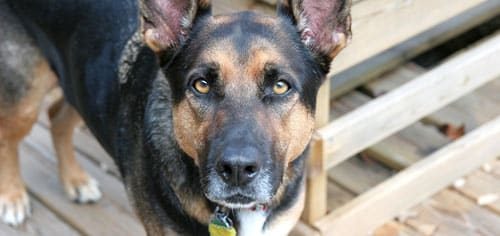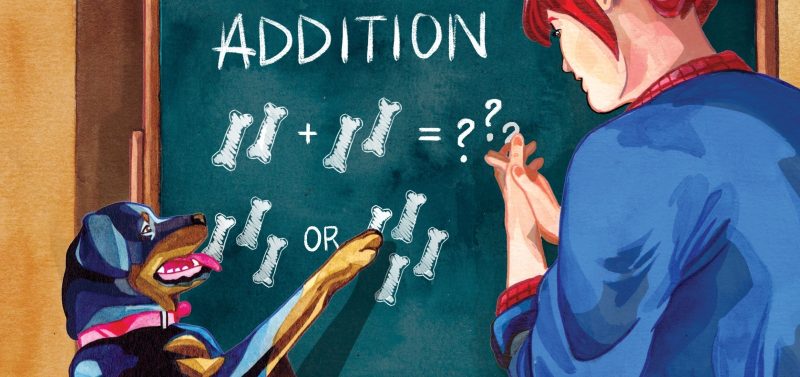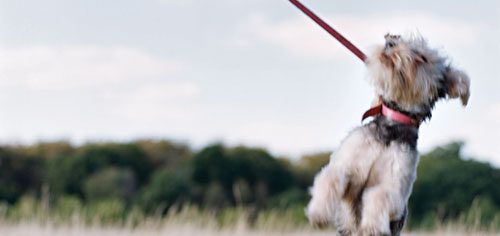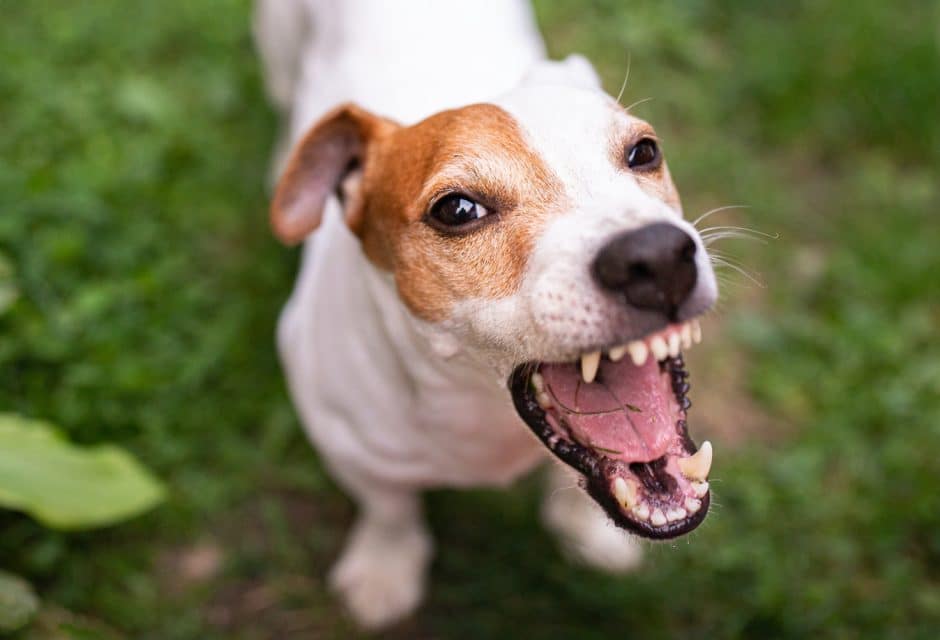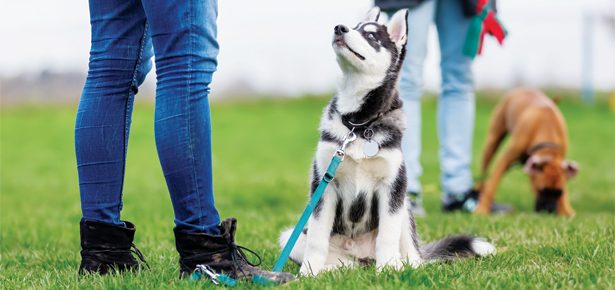
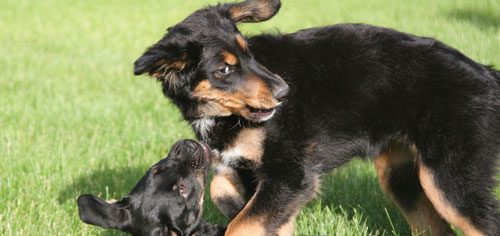
Dog Park Dog Attack – Ask An Expert
If my dog is attacked at the dog park, what should I do?
What should you do if your dog gets attacked at the park. Tracy in Austin had the same questions. We turned to expert Ian Dunbar to find out what do when dogs attack. We have also talked to an expert dog trainer on how to break up a dog fight safely if you are ever put in that unfortunate position.
Q: If my dog is attacked at the dog park, what should I do? —Tracey, Austin, TX
UNPROVOKED ATTACKS ARE ACTUALLY EXTREMELY rare but very dangerous. When they occur, there is usually a considerable size difference between the two dogs—the attacker is large and the victim small—and the attack is usually eerily silent, rapid, and often predatory. Often both the attacker and the victim are un-socialized. Sometimes the attacker picks up and carries and shakes the victim. This is a dire emergency: scream blue murder! Create as much noise as possible to convince other people to shout and help chase down the dog and get him to release the victim. I once chased down a neighbour’s German Shepherd to rescue a Pekingnese. Sadly, the Peke died three days later. Dog fights, on the other hand are extremely common but rarely dangerous.
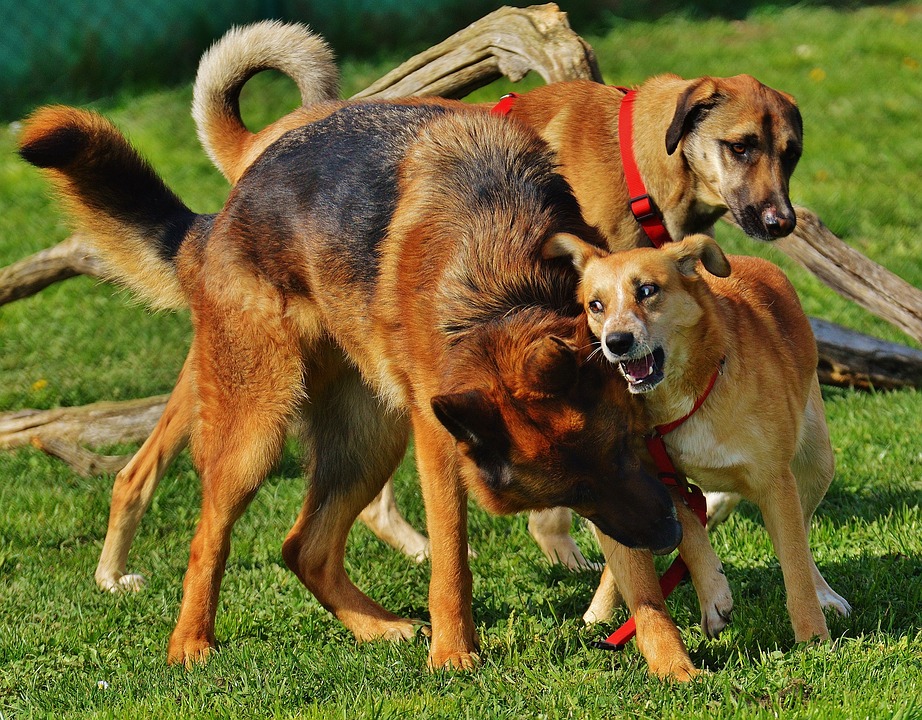
The best, safest, and most effective way to break up a dog fight is by pushing a “pig board” (a 36” x 30” piece of plywood with a handle in the top) between the two dogs. Maybe this should be standard equipment for all dog parks, boarding, and day care facilities. Certainly do not try to separate the dogs with your hands or feet. Even though dogs may have good bite inhibition towards each other, they may or may not have developed sufficient bite inhibition toward people depending on the degree of puppyhood play with humans.
Standard dog park procedure is for as many people as possible to quickly approach and circle the dogs (to prevent other dogs joining in the fray) while shouting, “Sit! Sit! Sit!” and then praising the dogs as soon as they stop fighting.
Breaking up dogfights is never without potential danger to people so the best strategy is to never let your dog get into a fight. Prevent the desire to fight by thoroughly socializing your dog during puppyhood, adolescence, and adulthood. Routinely condition your dog to enjoy the proximity of other dogs. Never let your dog eyeball, lunge towards, or vocalize at other dogs. Simply ask your dog to sit and shush and look at you. Three basic obedience commands—Sit, Shush, and Watch Me—will go a long way to prevent your dog from getting into trouble. If your dog sits and shushes, he cannot bark and lunge, and if he looks at you he cannot eyeball and amp up the other dog. But more importantly, if your dog sits and looks at you, he presents the aura of a calm and confident dog, one that has a much more important mission (paying attention to you) than being concerned with the growly silliness of other dogs. Basically, you are training your dog to emulate the behavior of a true Top Dog. Remember, calm and confident dogs are seldom picked on, but under-socialized insecure dogs are attackbait. My wife teaches dogs to Watch and Wag whenever under pressure from other dogs; to pay attention to her and to wag their tails. It is surprisingly difficult for other dogs to pick an argument with a waggly rear end. For more tips, see dogstardaily.com/training/adult-dog-training-2-years. ■
Thank you Dr. Ian for the tips on how to handle dog attacks in the park. Has this ever happened to you, let us know your story in the comments!
Dr. Ian Dunbar is a veterinarian, animal behaviourist, dog trainer, and author of several books and DVDs. He is the Founder of the Association of Pet Dog Trainers (apdt.com) and co-creator of dogSTARdaily.com—a daily magazine for dog owners.
Join the newsletter and never miss out on dog content again!
"*" indicates required fields
By clicking the arrow, you agree to our web Terms of Use and Privacy & Cookie Policy. Easy unsubscribe links are provided in every email.

